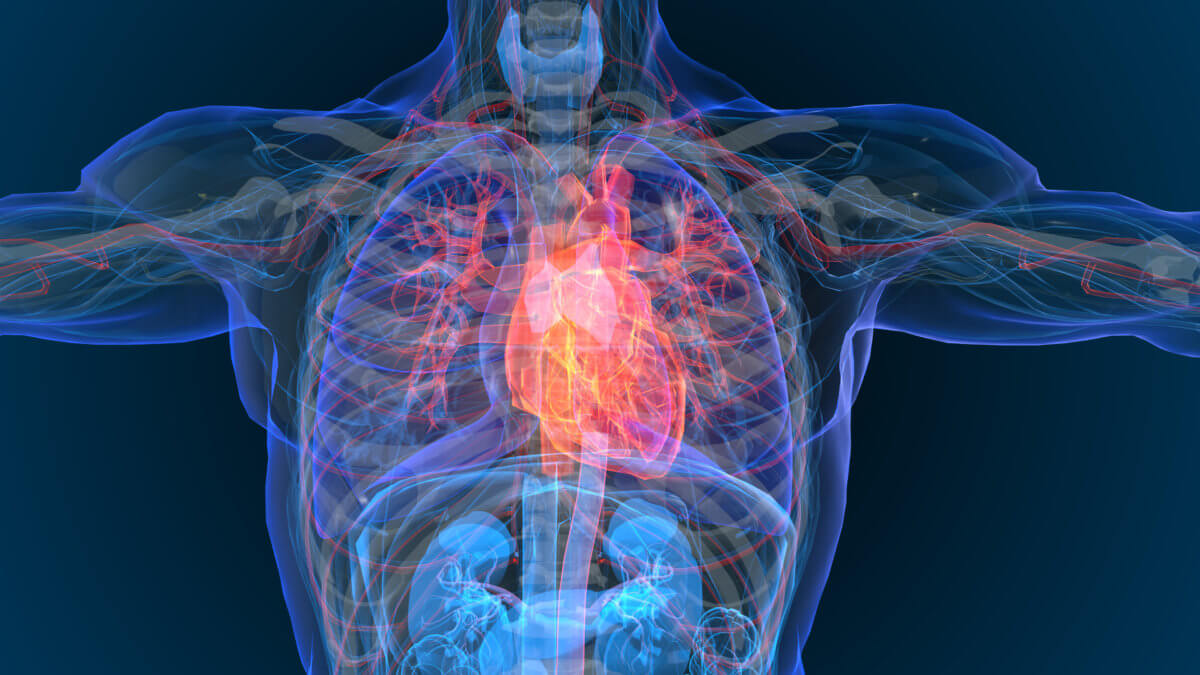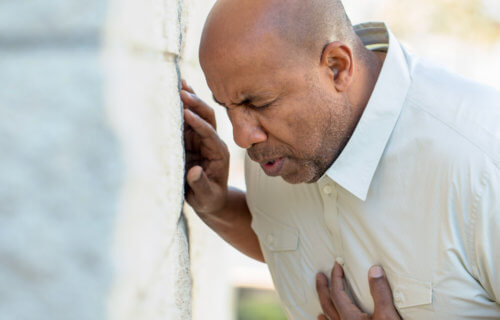AMSTERDAM — The early bird may get the worm, but staying alert about your heart could keep you alive. New research finds recognizing and acting on heart attack symptoms leads to faster life-saving treatment.
“Patients with a repeat heart attack were more likely to know the symptoms than first-time sufferers, but recognition was low in both groups,” says study author Dr. Kyehwan Kim of Gyeongsang National University Hospital, Jinju, Republic of Korea, in a media release. “Most patients could identify chest pain but less than one-third knew the other symptoms.”
What symptoms should you be looking out for?
Researchers say heart attack symptoms can range widely: chest pain, radiating pain to the arms, jaw, and neck, dizziness, cold sweats, shortness of breath, feeling sick, and eventually loss of consciousness. It is absolutely key to call an ambulance ASAP and start fast treatment to survive and make a full recovery. For this project, the study authors investigated the association between symptom recognition, time to treatment, and clinical outcomes.
The research team made use of data originally collected by the KRAMI-RCC, a registry of myocardial infarction patients in the Republic of Korea. To collect that information, a group of trained nurses asked heart attack survivors if they recognized the following myocardial infarction (heart attack) symptoms: chest pain, shortness of breath, cold sweats, radiating pain to the jaw, shoulder or arm, dizziness/vertigo/lightheadedness/loss of consciousness, and stomach ache.
Then, the team placed participants in either the “recognized symptoms” group (if they could identify at least one symptom) or the “did not recognize symptoms” group. After that, the research team compared patient characteristics, time to life-saving treatment, and survival between the two groups. They were also sure to account for a number of factors, including being older than 70, sex, education, living with a spouse, previous registration in KRAMI RCC, cancer, dyslipidemia (cholesterol imbalance), cardiogenic shock, and the presence of acute decompensated heart failure.

In all, this project encompassed 11,894 myocardial infarction patients, with 10,623 (90.4%) having had a first-time event and 1,136 (9.6%) experiencing a repeat event. Among the 1,136 patients with a repeat event, 118 were excluded due to missing data, failure to answer the survey about symptoms, or presentation with cardiac arrest. Consequently, 1,018 patients were left for the analyses.
Overall, just over half (52.3%) of patients recognized the heart attack symptoms. The majority of patients (92.9%) could even identify chest pain as a symptom of myocardial infarction, while roughly one-third recognized shortness of breath (32.1%) and cold sweats (31.4%). Meanwhile, just over one in four recognized radiating pain (27.4%). Yet, only 7.5 percent identified vertigo, lightheadedness, loss of consciousness, and a meager 1.3 percent recognized stomach ache.
When it came to specific patient characteristics, men were more likely to recognize symptoms than women (79.3% of men vs. 69.0% of women identified symptoms). Additional traits associated with symptom recognition included younger age, higher education level, and living with a spouse.
It’s also important to note that researchers compared time to treatment and outcomes between the two cohorts. Over half (57.4%) of patients who correctly identified the symptoms of myocardial infarction received treatment to open the arteries and restore blood flow within two hours. In comparison, only 47.2 percent of those who did not recognize the symptoms received the same timely treatment.
Patients who recognized symptoms had a lower in-hospital mortality rate (1.5%) as well in comparison to others who could not identify the symptoms of a heart attack (6.7%). The cohort who could not recognize symptoms suffered cardiogenic shock and heart failure more often as well.
Among those with recurrent myocardial infarction, the symptom recognition rate was 57.5 percent for those previously enrolled in KRAMI-RCC and 43.2 percent for the unenrolled. Just 14.4 percent of patients with a first-time myocardial infarction could identify their symptoms.
“The findings indicate that education is needed for the general public and heart attack survivors on the symptoms that should trigger calling an ambulance. In our study, patients who knew the symptoms of a heart attack were more likely to receive treatment quickly and subsequently survive. Women, older patients, those with a low level of education, and people living alone may particularly benefit from learning the symptoms to look out for,” Dr. Kim concludes.
This research was presented at ESC Congress 2023.
You might also be interested in:
- Feeling safe in your neighborhood reduces heart attack risk
- Metal pollution in everything we eat and breathe triggering strokes and heart attacks
- Blue Mondays: Deadly heart attacks happen most often at start of week

